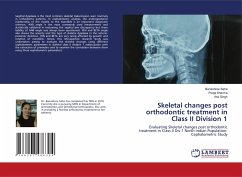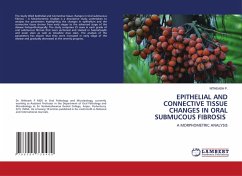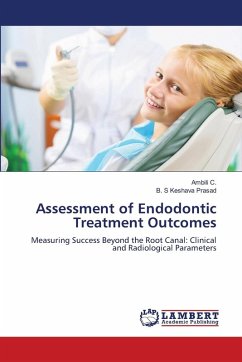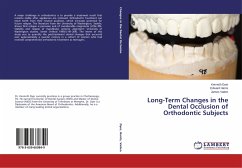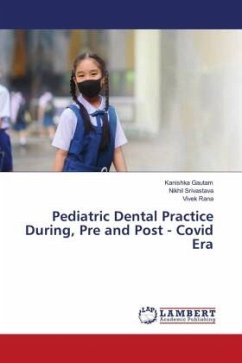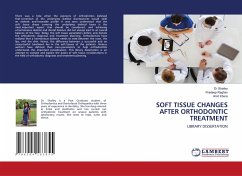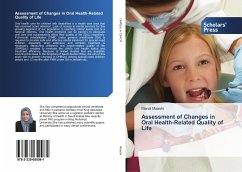
Assessment of Post-treatment Changes in Orthodontic Treatment
Evaluating Long-Term Changes Following Orthodontic Therapy
Versandkostenfrei!
Versandfertig in 6-10 Tagen
45,99 €
inkl. MwSt.

PAYBACK Punkte
23 °P sammeln!
The aim of orthodontic treatment is to move teeth as efficiently as possible with minimal adverse effects on teeth and supporting tissues. However following completion of orthodontic and orthopedic changes, teeth and their supporting structures have a tendency to move towards their original malocclusion. Such changes are attributed to either 'physiologic rebound' of the tissues or relapse. Orthodontics should therefore strive to achieve structural integrity, functional harmony, and esthetic balance as its goal so that relapse is minimised. The stability of orthodontic treatment is of paramount...
The aim of orthodontic treatment is to move teeth as efficiently as possible with minimal adverse effects on teeth and supporting tissues. However following completion of orthodontic and orthopedic changes, teeth and their supporting structures have a tendency to move towards their original malocclusion. Such changes are attributed to either 'physiologic rebound' of the tissues or relapse. Orthodontics should therefore strive to achieve structural integrity, functional harmony, and esthetic balance as its goal so that relapse is minimised. The stability of orthodontic treatment is of paramount concern to an orthodontist and the assessment of treatment changes at each visit during the treatment assumes major significance towards achieving stable post treatment results. However, evaluating treatment results is extremely complex and requires an assessment of occlusion, hard and soft tissue relationships, growth changes, iatrogenic changes and long-term stability.



